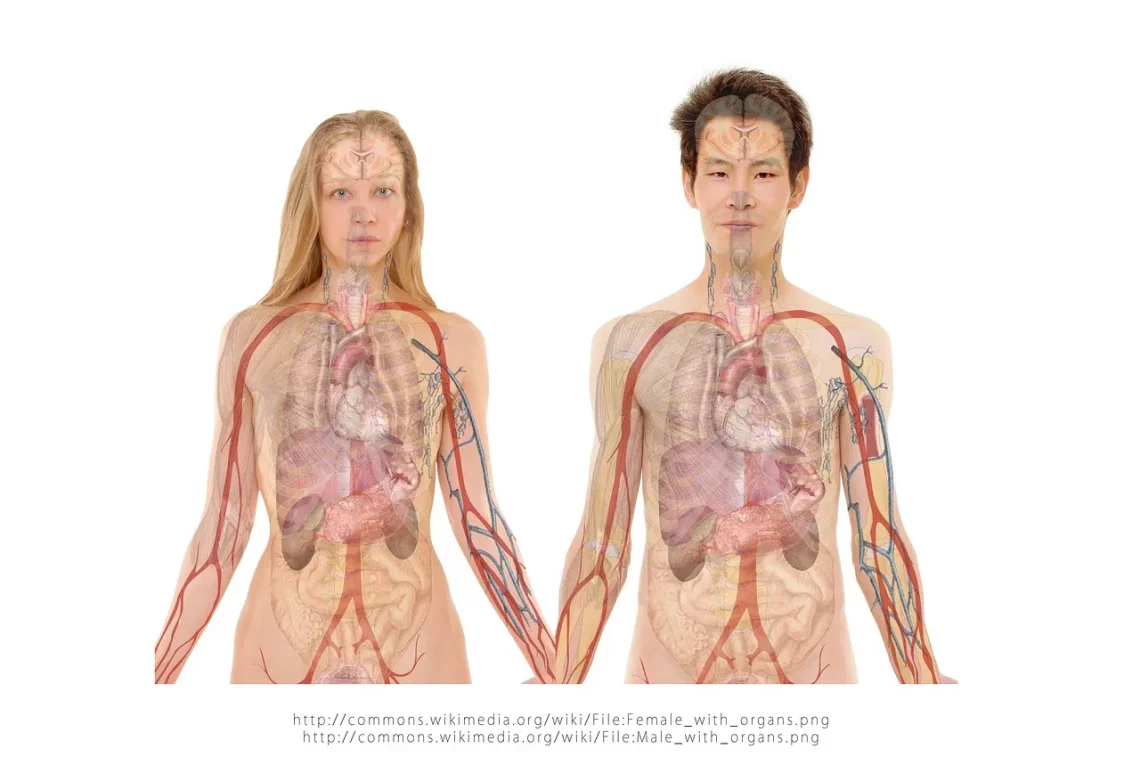
Understanding Outie Vulva: A Guide to Diversity in Anatomy
The diversity of human anatomy is a fascinating subject that encompasses a wide range of shapes, sizes, and forms. Each person’s body tells a unique story, shaped by genetics, environmental influences, and personal experiences. Among the many aspects of human anatomy, the vulva stands out for its variety and complexity. Often overlooked or misunderstood, the vulva plays a crucial role not only in sexual health and reproduction but also in individual identity and body image.
Understanding the different anatomical configurations of the vulva can foster a greater appreciation for body diversity. This appreciation encourages acceptance and helps to dismantle the stigma and myths surrounding female anatomy. One of the less commonly discussed forms is the “outie” vulva, which can differ significantly from the more frequently represented “innie” vulva.
In a society that often emphasizes certain standards of beauty and normality, recognizing and celebrating these differences becomes essential. By exploring the various forms of vulvas, including the outie variation, we can contribute to a more inclusive narrative surrounding women’s health and sexuality. This understanding can lead to improved communication, better sexual education, and more comprehensive healthcare that respects and acknowledges individual differences.
Defining the Outie Vulva
The term “outie vulva” refers to a specific anatomical variation where the labia, the folds of skin surrounding the vaginal opening, protrude outward rather than lying flat against the body. This variation can manifest in different ways; some individuals may have a more pronounced outward appearance, while others may exhibit subtler forms.
Outie vulvas can vary greatly among individuals, influenced by factors such as genetics, hormonal fluctuations, and developmental changes. These differences are completely normal and reflect the natural diversity found within human anatomy. It’s important to understand that there is no “correct” or “ideal” vulva; each one is unique and should be celebrated for its individuality.
From a biological perspective, the structure of the vulva, including whether it is an outie or an innie, has no bearing on function. The labia serve several important roles, including protection against infections and irritation, as well as contributing to sexual pleasure. The presence of an outie vulva does not indicate any underlying health issues, and such variations should not be a cause for concern.
Understanding what constitutes an outie vulva also involves recognizing the social and cultural contexts that shape perceptions of female anatomy. Many individuals may feel pressure to conform to societal standards of beauty, which can lead to feelings of inadequacy or shame regarding their bodies. Education about vulvar diversity plays a crucial role in combating these feelings, promoting body positivity, and encouraging individuals to embrace their unique anatomy.
The Importance of Body Positivity and Acceptance
The concept of body positivity has gained significant traction in recent years, advocating for the acceptance of all body types, shapes, and sizes. This movement is particularly relevant when discussing variations in vulvar anatomy, such as the outie vulva.
Body positivity encourages individuals to appreciate their own bodies and recognize that beauty comes in many forms. By shifting the focus away from societal standards and unrealistic representations of beauty, individuals can cultivate a healthier relationship with their bodies. This acceptance is vital, as it can lead to improved mental health and self-esteem.
Moreover, body positivity plays a significant role in sexual health. When individuals feel comfortable and confident in their bodies, they are more likely to engage in healthy sexual practices and communicate openly with their partners. This open communication can enhance intimacy and lead to more fulfilling sexual experiences.
In educational settings, discussing the diversity of vulvas, including outie variations, can aid in normalizing these differences. Comprehensive sex education that includes information about vulvar diversity can help dismantle harmful myths and stereotypes, empowering individuals to embrace their bodies without shame.
Furthermore, representation matters. The media and educational materials should reflect the diversity of human anatomy, showcasing outie vulvas alongside other variations. This representation can help foster a sense of belonging and acceptance, particularly for young individuals navigating their own body image.
Health Considerations and Myths
When discussing outie vulvas, it’s essential to address common myths and misconceptions surrounding vulvar health. One prevalent myth is that an outie vulva is inherently abnormal or indicative of a medical issue. This misconception can lead to unnecessary anxiety or shame for those with outie vulvas.
In reality, the presence of an outie vulva is simply one of many anatomical variations that exist. It does not correlate with health risks or complications. Just like any other vulvar shape or size, outie vulvas can be perfectly healthy. However, it is crucial for individuals to be aware of their bodies and recognize what is normal for them.
Regular gynecological check-ups are fundamental for all individuals with vulvas, regardless of their anatomy. These check-ups can help ensure reproductive health and address any concerns. If someone notices significant changes in their vulvar appearance, such as sudden swelling, discoloration, or discomfort, it’s essential to seek medical advice.
Additionally, sexual health education should provide accurate information about what constitutes normal vulvar anatomy and highlight the importance of self-examination. Individuals should feel empowered to explore their bodies and understand their anatomy, as this knowledge can lead to better health outcomes and enhance sexual pleasure.
In conclusion, while discussing vulvar variations, including outie vulvas, it’s crucial to approach the topic with sensitivity and respect. Emphasizing health, acceptance, and understanding can help dismantle harmful myths and promote a positive narrative around body diversity.
**Disclaimer: This article is for informational purposes only and is not intended as medical advice. If you have health concerns or questions, please consult a qualified healthcare professional.**




